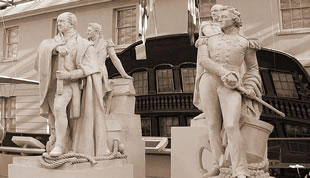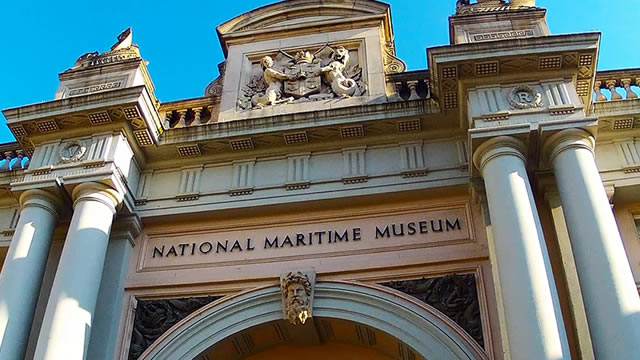Greenwich is part of Greater London. It houses many remarkable structures from the 17th and 18th centuries. Greenwich is nestled along the southern bank of the river, stretching from Greenwich in the east to Thamesmead including Blackheath, Woolwich, Charlton, as well as Plumstead. The town centre is nestled in the middle. The main attractions include The National Maritime Museum, Cutty Sark, Queen’s House and Royal Observatory, all of which are situated in and around Greenwich Park.

Greenwich town centre is a distinctive and world-renowned tourist destination. It has a lot more to offer both the local people as well as visitors, including magnificent museums and visitor attractions, elegant riverside walks as well as breath taking views from the Royal Park. These characteristics, combined with close links to Britain’s Stuart and Tudor sovereigns, give Greenwich a matchless emblematic identity.
This world heritage site has played a pivotal role in the history of England’s sea power for more than 4 centuries and today the town boasts its maritime history. The history of this town is linked to that of the Park, the Thames and the Royal Hospital for the sailors. Crammed with river workers and naval pensioners, Greenwich was the maritime and a place of most popular resort for the residents of London
Greenwich history
Greenwich has a varied history dating back to the Roman era and probably earlier. The ancient Londoners were known to have resided in nearby Charlton and scientists have discovered many pre-historic and Bronze Age relics in the nearby River Thames. The remains of the Roman temple were discovered back in in the year 1902 at the Greenwich Park. A section of one of the floors can be seen even today and some of the remains found at the site, encompassing pottery and coins, are now preserved at the Greenwich Heritage Centre.

After the Romans left Britain, the next invaders were the Saxons. An Anglo-Saxon cemetery was discovered in the 10th century within Greenwich Park. There is documented evidence regarding property in Greenwich that belonged to the Saxon King Edgar. The hugely complex saga of the real ownership of this ancient property strolls through the history of Greenwich much as the beautiful river on which it stands curves and bends.
After the Saxons left around 10th century, the Danes invaded Greenwich. Their longboats were moor at Greenwich and in 1012 the Danes abducted St Alfege. He was later killed by the Danes at the site where Hawksmoor’s Church of St Alfege lies. The present building was designed by Nicholas Hawks moor who was trained by Sir Christopher Wren. The church was completed in the year 1718.The Danish left Greenwich in the early 1400s.

In 16th century Henry VII owned the palace at Greenwich town. Henry VIII and his daughters Elizabeth and Mary were born in the palace. But in the 16th century Charles II demolished the palace. James I decided to construct a new house at Greenwich for his Queen Anne of Denmark. The structure was called the Queens House and was the very first classical structure in England. The structure was completed in 1637. Nonetheless, Anne died before it was completed and it was rendered to the wife of Charles I.
Having held the former royal palace from 15th century to 1670, the site has evolved through a number of changing roles. Royal Hospital for Seamen was established in 1696 to 1869, its school 1712 to 1933, Royal Naval College 1872 to 1998. Dreadnought Seamen’s Hospital was built from 1870 to 1980 and National Maritime Museum since 1937. Read More on Greenwich as a World Heritage Site


